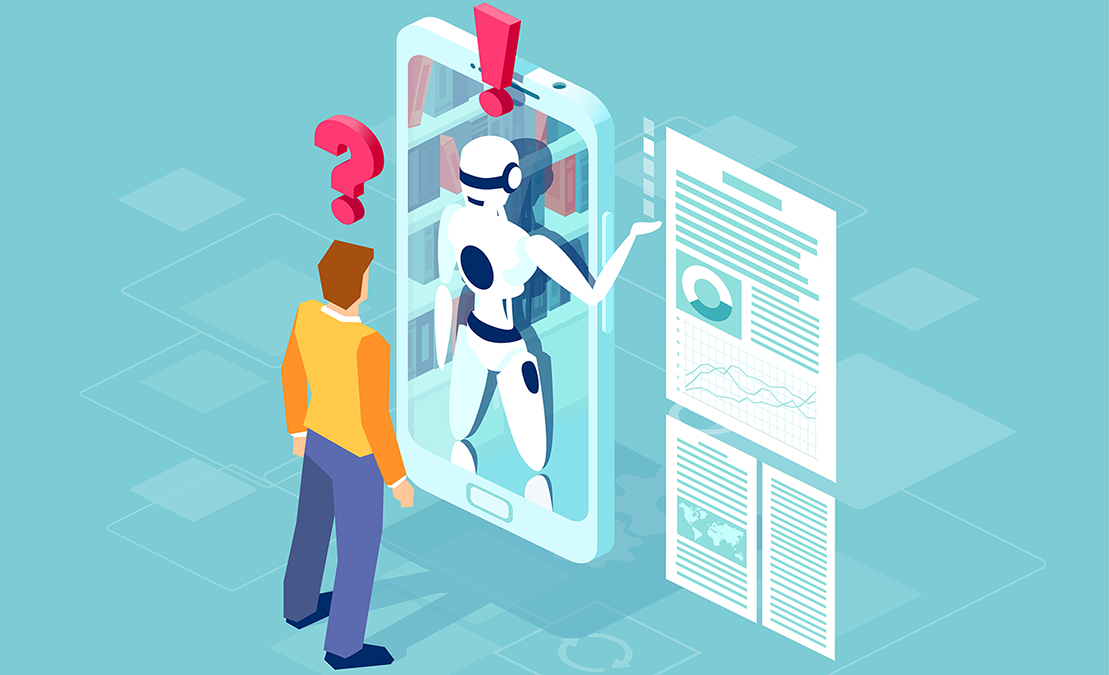What Are GPT-3 and ChatGPT-3? These are two large AI language models (LLMs) developed by OpenAI, a research laboratory dedicated to advancing artificial general intelligence (AGI). GPT-3 or Generative Pre-trained Transformer is the third generation of the GPT language model, while ChatGPT-3 is a variant of GPT-3 specifically designed and trained for AI chatbot applications.
Think of GPT-3 as the brain inside the sophisticated chatbot called ChatGPT-3.GPT-3 has been crucial to the development of various types of AI-driven chatbots and ChatGPT-3 is its best offspring. ChatGPT-3 is revolutionizing the way we interact with digital machines and the internet.
The power of ChatGPT-3 and other AI language models
The size of an LLM determines its power and how best it can imitate human languages – the larger it is, the more powerful and the better it can imitate languages.
GPT-3 and ChatGPT-3 are massive language models with 175 billion Machine Learning (ML) parameters, which at their inception, was more than that of any other language model ever created. To put things in perspective, their largest predecessor had only 10 billion parameters.
Today, we have other LLMs that are being developed – Google’s LaMDA at 137 billion, Baidu’s ERNIE at 260 billion, and Nvidia’s MT-NLG model at 530 billion parameters. In fact, Google is reportedly experimenting with a new 1.6 trillion parameter model and OpenAI is similarly working on ChatGPT-4 with expected ML parameters of 100 to 170 trillion.
These parameter sizes make ChatGPT-3 and the other LLMs powerful enough to closely imitate human language capabilities.
How Does ChatGPT-3 work?
Both GPT-3 and ChatGPT-3 are trained on a massive dataset of text and codes, which includes books, articles, and various types of web content. The models are then fine-tuned by training them on specific tasks such as translation, summarization, content creation, App coding, and question-answering.
For example, ChatGPT-3 is specifically fine-tuned for chatbot applications by further training it on a large dataset of conversational text, so it can generate more appropriate responses in a chatting context.
As such, ChatGPT-3 is not only able to generate text, translate languages, and write creative content and codes, but it is also able to answer questions informatively and conversationally. Additionally, it can also insert appropriate context-specific responses in conversations, making it more effective at maintaining a coherent conversation.

How to use ChatGPT-3
To test-drive ChatGPT-3, go to OpenAI.com, type in your desired question, and press enter. The bot will respond with a text answer. The more specific your question is, the more accurate the answer that you get.
You can then converse with it by asking follow-up questions. Get answers to all kinds of questions, find great recipes, and write blogs, articles, ad copies, emails, social media content, business letters, short texts, etc.
You can also test-drive the beta version of Google’s Bard: Visit https://blog.google › technology › ai › try-bard
Limitations of LLM chatbots
The main limitation of ChatGPT-3 and other LLMs is that they are not always accurate. Despite their impressive capabilities, these bots are limited to the knowledge that humans train them with.
When they try to overstretch the limited knowledge that they have, they sometimes can generate text that is grammatically correct but factually inaccurate.
Though they can be very good at writing short responses and copies, they often go off-track when writing long articles or blogs.
Conclusion
Both GPT-3 and ChatGPT-3 are still under development, but they have the potential to revolutionize the way we interact with computers and the internet. They can be used to create more realistic and engaging chatbots, to generate more creative and informative content, and translate languages more accurately. As these models continue to develop, they will become even more powerful and versatile tools.




